Good Float Trip Etiquette For Montana and All Rivers


While we all like to envision our float trips as just us and the river, the reality is that we are not the only people on the water. According to Joe Dilschneider, the Madison alone had almost 14,000 float trips in 2020, and the numbers are likely to be even higher for this year. With up to 200 trips a day on the more popular stretches of river, the resource is most definitely being shared with a lot of people. As with many outdoor activities, there has been a big influx of newcomers since the start of the pandemic, and the added numbers have exacerbated existing issues of congestion around places like boat ramps, and even in some spots on the river. Now I will be the first to admit that I have seen experienced boaters, even guides at times who have been less than courteous on the water. But for the most part, it seems that situations such as the one described above can be attributed to newcomers that simply just aren’t aware that there are conventions to be followed on the river. These “etiquette rules” allow everyone to move along through tight spots, and for everyone to have the most enjoyable experience possible. So for the newcomers out there, or even some more experienced boaters who may be floating on waters that now have more anglers than before, I figured it might be good to lay out some concepts that might help everyone to have a great day.

It all starts at the boat ramp. As the most limited resource on the water, access points are the greatest point of congestion, and perhaps the location where tempers are most likely to flare up. The parody of the typical repeating airport announcement, “boat ramps are for loading and unloading only” comes to mind here. There are many things we do when getting ready to get on and off the water, that can and should be done away from the ramp. If you watch a heavily used put in spot in the morning, especially if it has a bunch of guided trips, there is a real lesson in cooperation and efficiency. Generally trucks will line up in a staging area, where everyone gets the boat and gear ready to go. Once a boat is ready to launch (and this does not necessarily relate to its place in line) the boat will be backed down the ramp, dropped in the water then moved and anchored away from the ramp. The truck and trailer will then be pulled away from the ramp and parked, making room for the next boat to launch. Communication between parties, sometimes even just quick hand signals, helps everything to move along smoothly. There are occasional differences in protocols from one location to the next, and if you are not certain what the routine is where you are putting your boat in, just park out of the way, and ask someone who seems to be in line. Most boaters are more than willing to explain the routine at a given put in.

If you are launching early in the morning, you will want to move your boat as far from the ramp as you reasonably can, so other boats will also have room to moor their boats as they drop them from trailers. If you are launching later in the day, it is always best to try to move your boat downstream from the ramp. This way, if there are boats floating in from above to take out, they will have space to anchor on the upstream side. Once your passengers are loaded and you are ready to cast off, make a quick check to see if other boats are also getting ready to push out. A quick conversation with another party that is also about to get underway can help with sharing the water once the actual fishing begins. The goal is to get spaced out along the river so that one boat isn’t fishing the water immediately in front of another. This can be accomplished by agreeing to work different shorelines, or for one boat to move some distance downriver quickly before fishing, to allow some time to increase spacing.

Once on the river, working to keep spacing between boats helps to give everyone a chance at a good day. While each river has its own characteristics and norms, in general, if there is one main channel to float, don’t drop anchor right in the middle of it. If you want to stop, whether its for re-tying or to fish, pull over to the side. One exception to this is for landing fish, where briefly dropping anchor on the spot can be the safest thing to do. However, once the fish is landed and released, pull up anchor and continue, or move over to the side if there is re-rigging to be done. If you have stopped on the side and are getting ready to start moving again, give a look upstream to see if there are boats coming down. Pulling out right in front of another boat is considered just as rude as walking up to a wade angler and fishing right in front of them. Let other boats pass before moving back onto the river. A good rule of thumb is to give other boats at least 100 yards. So if you see a boat that is 200 yards upstream, it’s probably fine to pull out. If it’s half that distance, I would wait. The same is true with passing another boat. If they are moving and fishing, and you are moving faster, it’s OK to pass them, but don’t start fishing right in front of them. Put some distance between boats before your group starts casting again.

When approaching wade anglers, try to give them as much space as you can. If the river is large enough, passing behind them avoids disturbing their water. This is especially true if they are casting to rising fish. If there is just one channel for you to pass, they will have to accept that you will move by, but by all means don’t fish right above or in front of them. Talking is always a good idea, as they may prefer that you pass close to them as opposed to floating over the fish they are casting to. Keep in mind that while they may be in a “good” spot, wade anglers have access to much less of the river than drift boat anglers, so giving them some water to fish is always nice.

Although it may sound simplistic, the golden rule is paramount here just like anywhere else. Treat others like you would want them to treat you. On public waters, sharing is an important ethic that can work for everyone. When you see others that may not know what to do, a polite instructional conversation can be helpful, and patience is always key. As for the boaters at the beginning of this article, someone walked down and pointed out that there was a location for people to stop and rig up, and that the boat ramp was really just for dropping off or picking up boats. No yelling, no argument, just friendly information. They stopped rigging, dropped their boat in the water, and moved the truck out so the boats that were now ready could launch. They finished rigging at their anchored boat, and those of us that were ready, got our boats in the water and started our day.

By Scot Bealer
Scot first started guiding in the 1980’s, and has fished extensively through the rocky mountain west and many other parts of the world. When not on the water, he is typically out working with his wife, Lea Frye, doing wildlife photography. See their work at https://www.leaf-images.com, or follow them on Instagram @lea.f_images


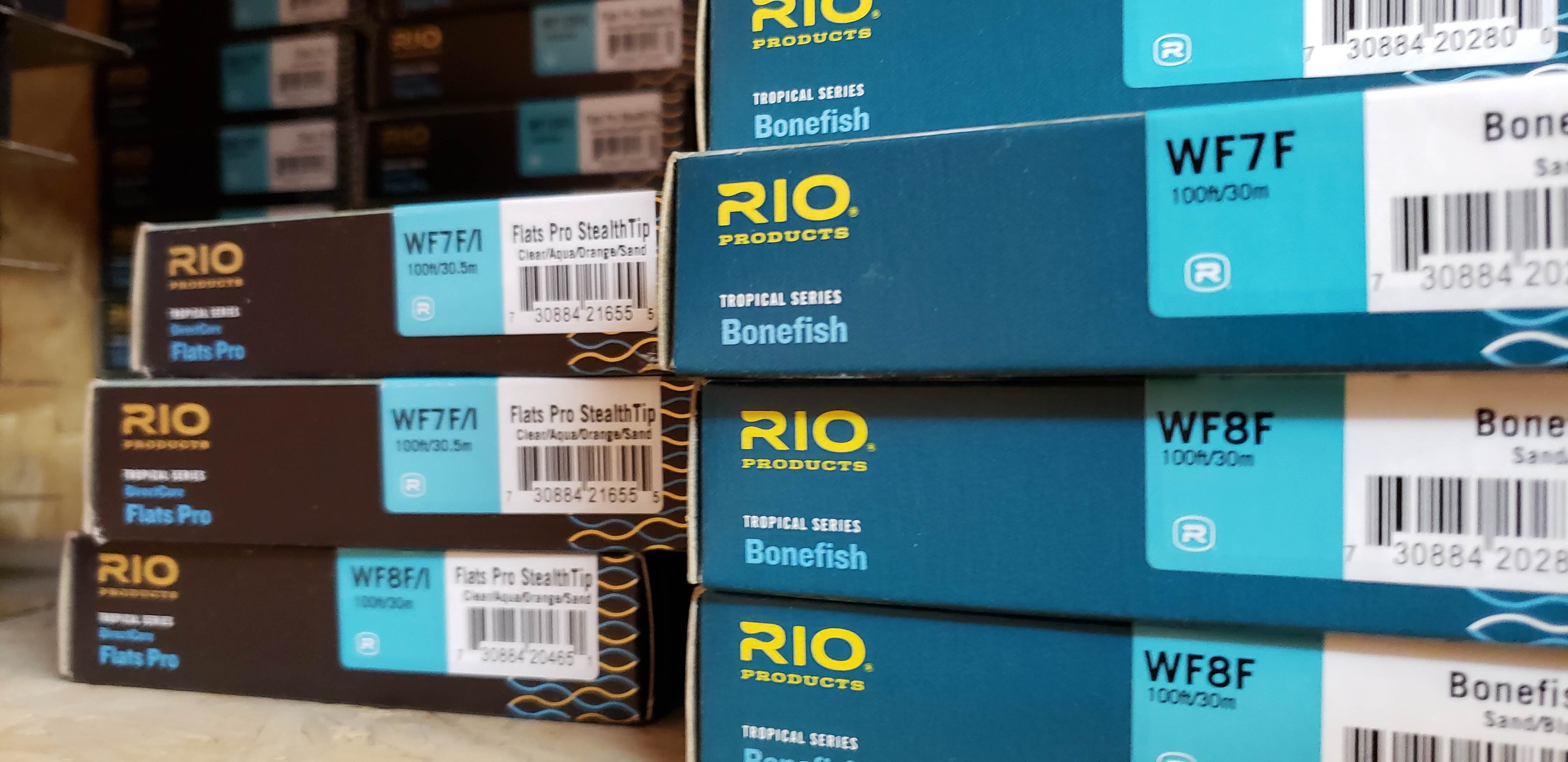

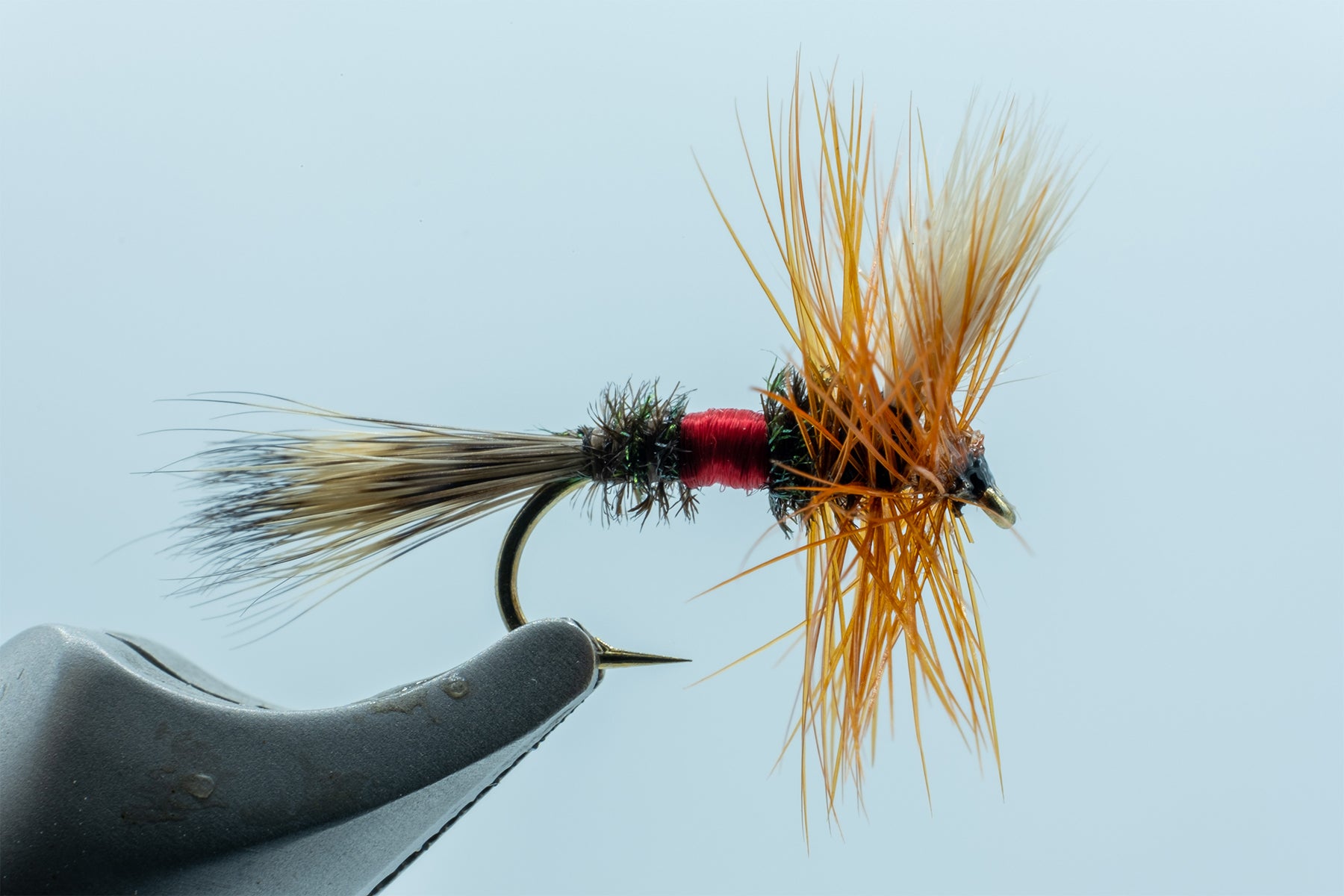
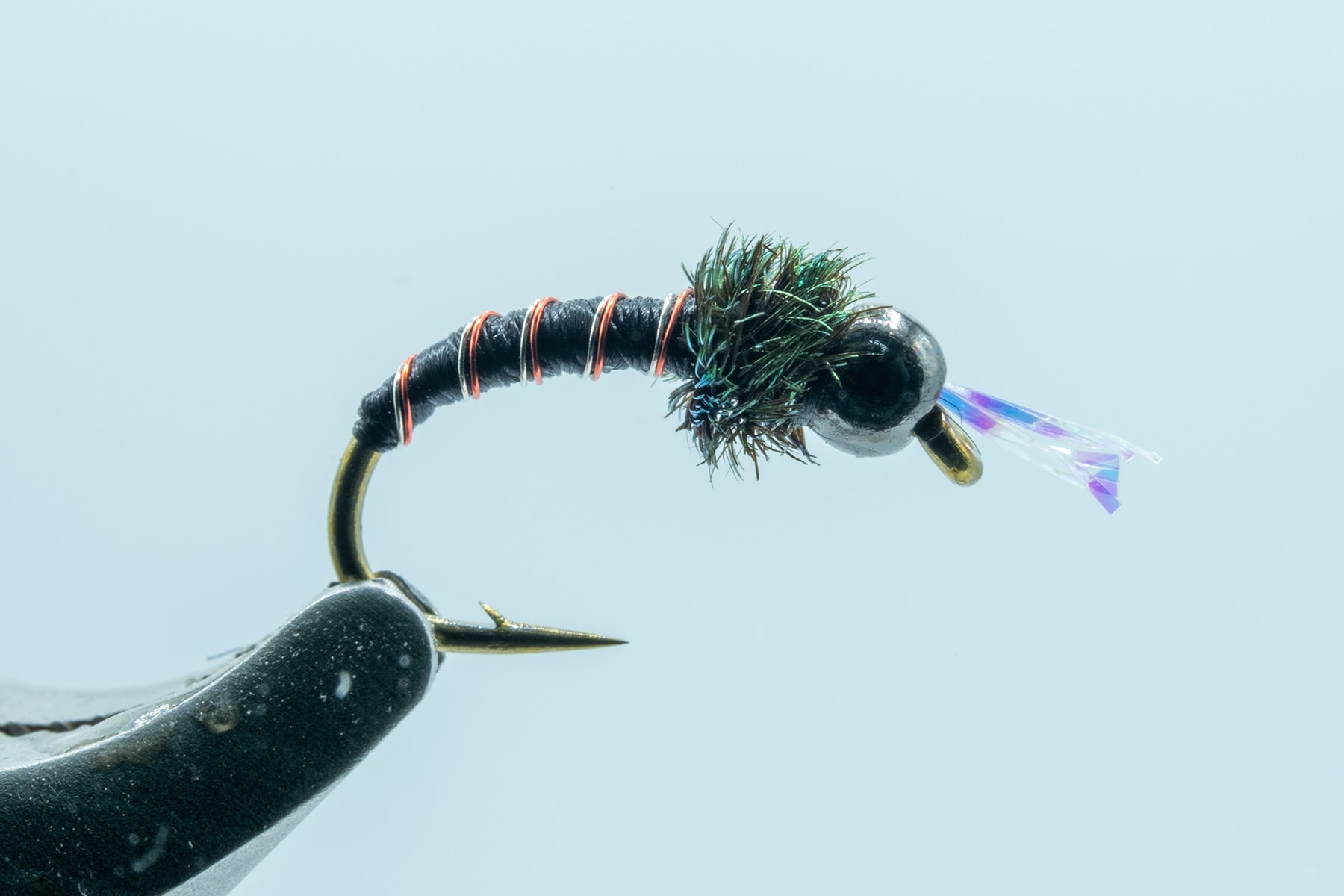
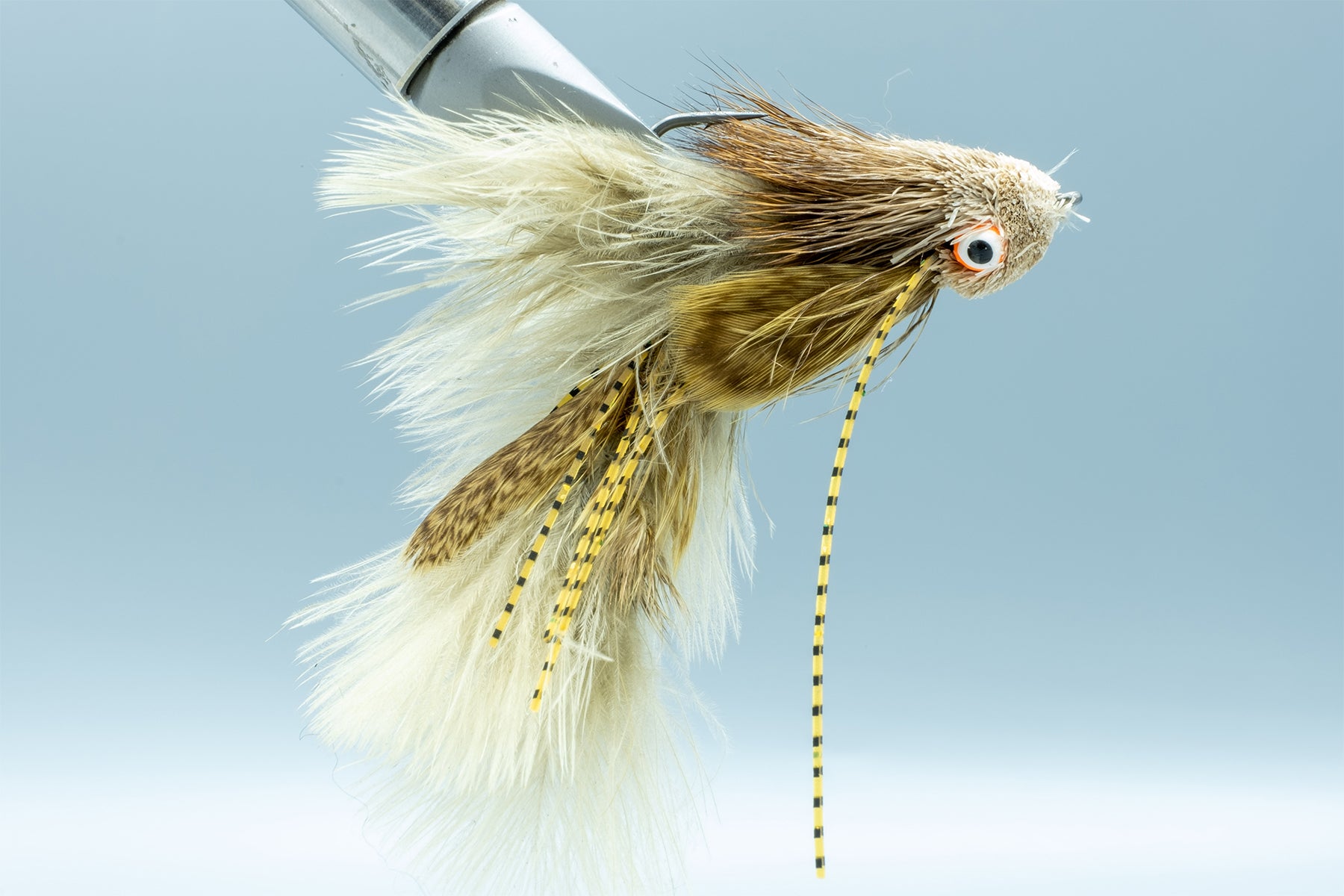
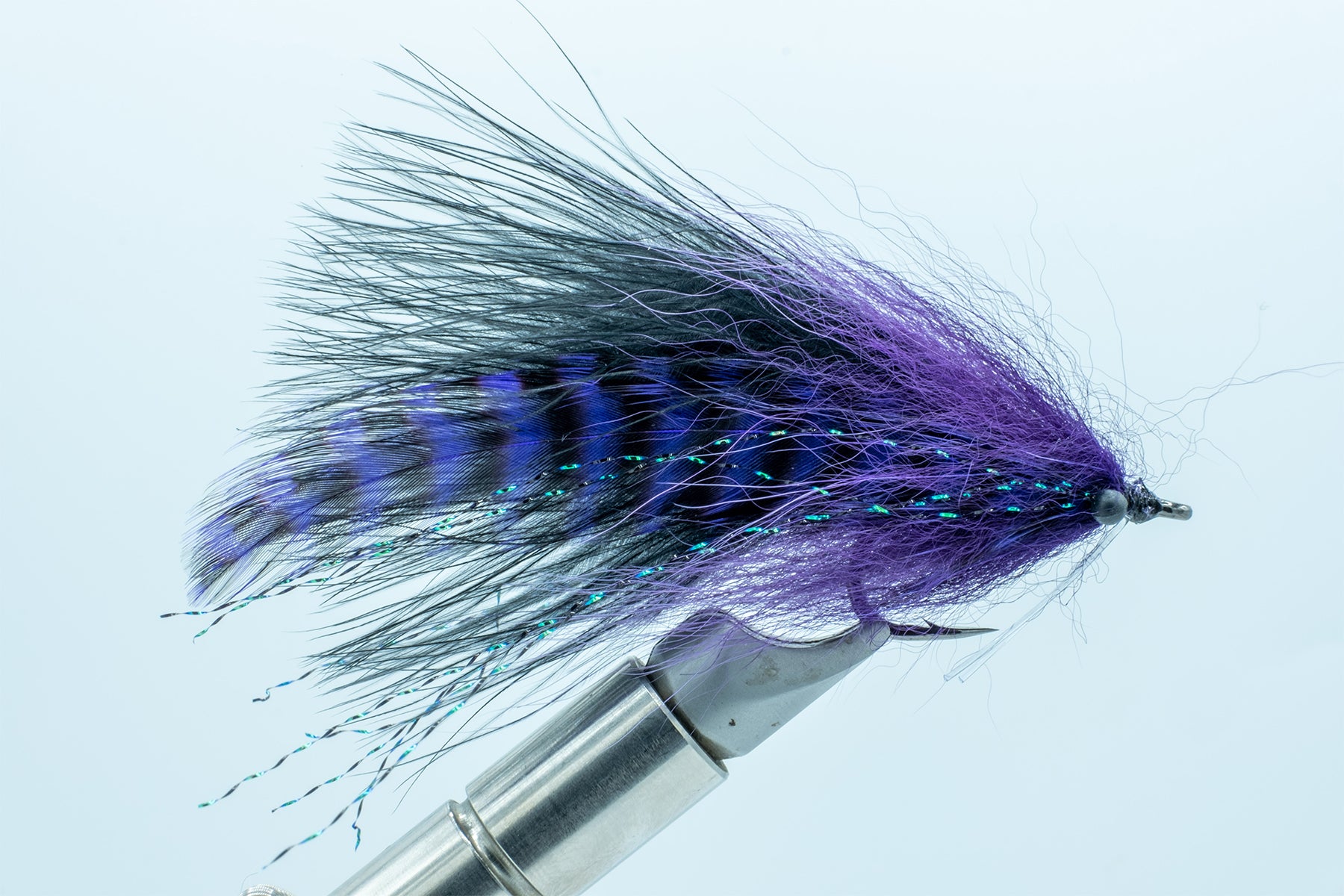
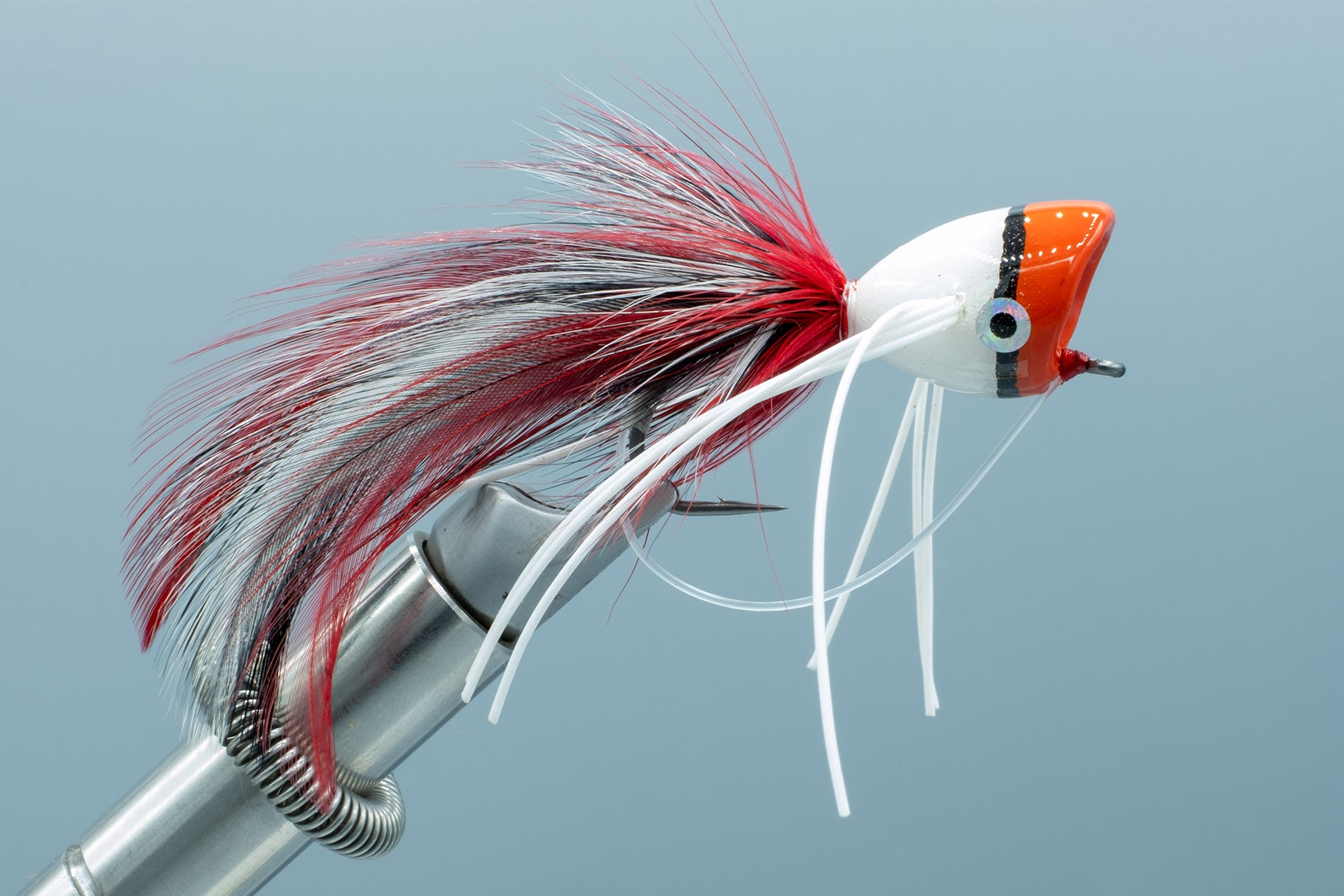
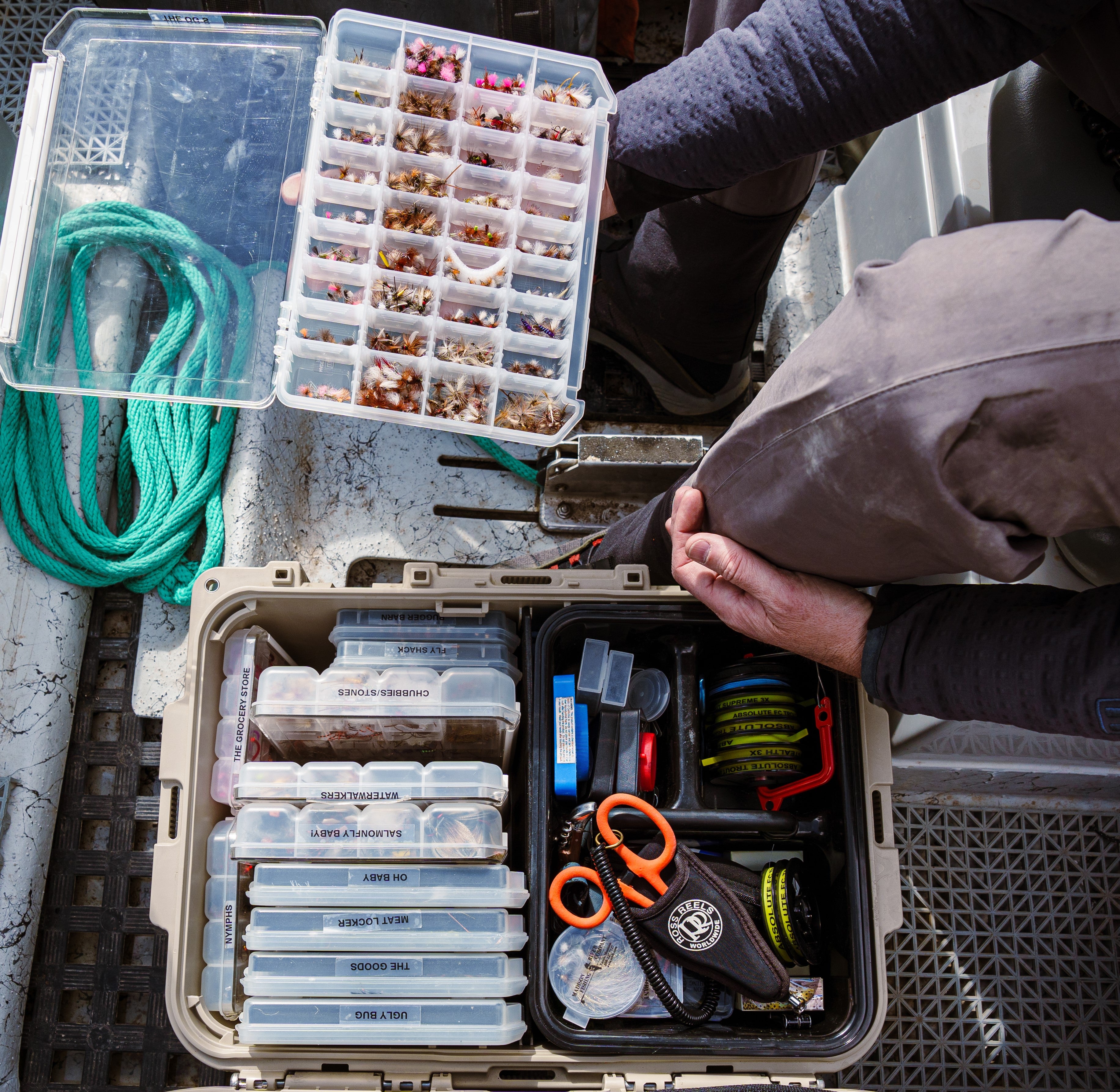
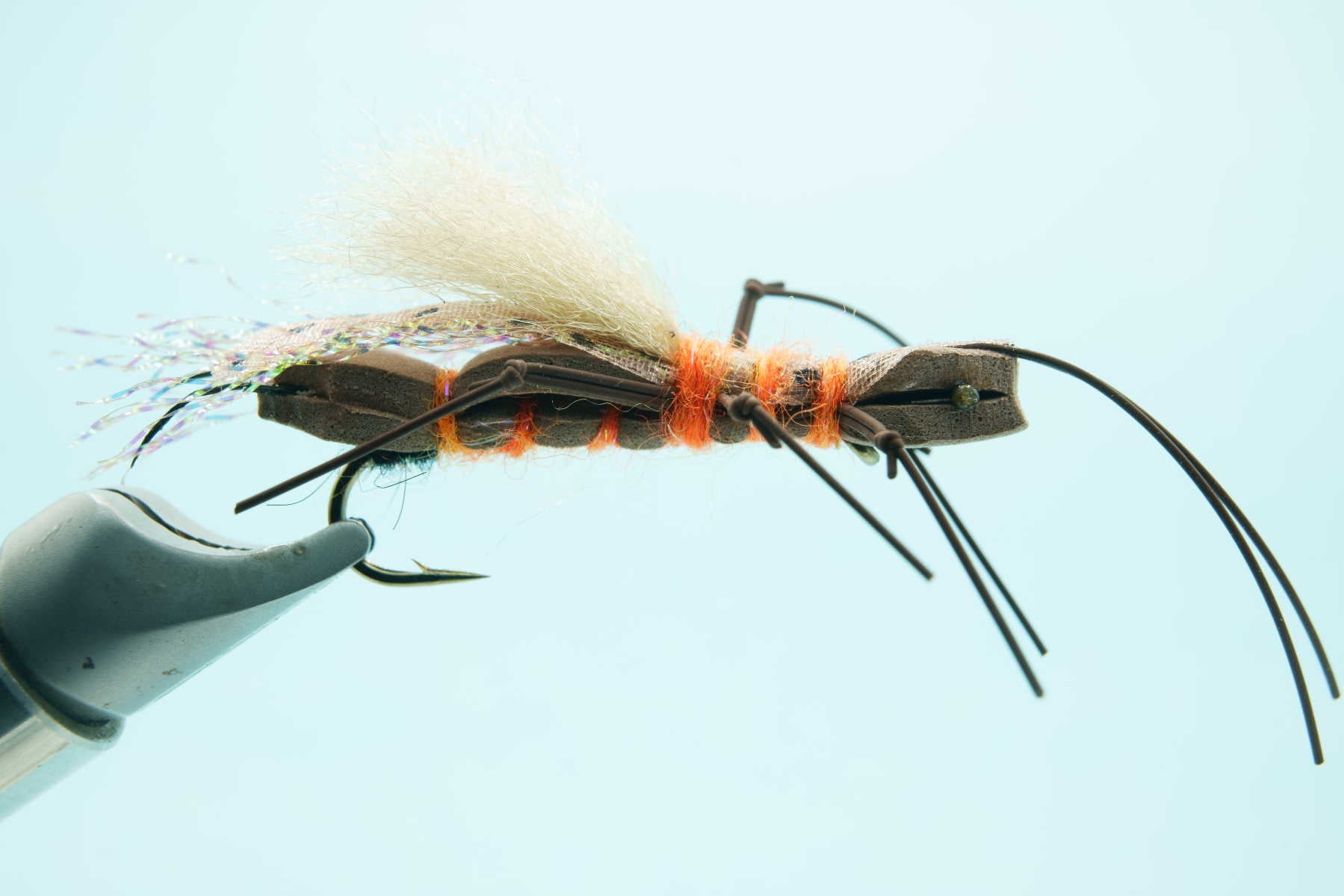
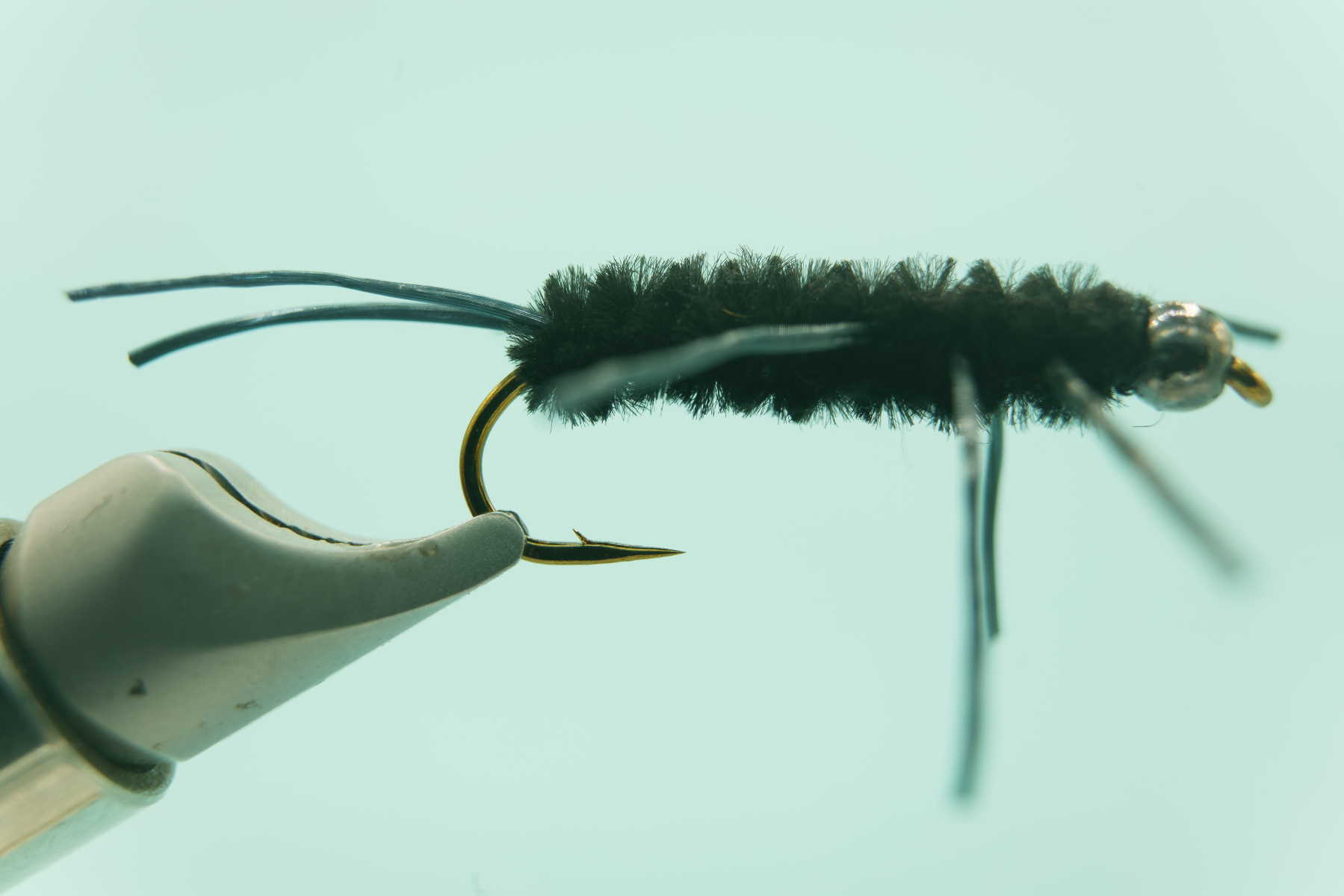
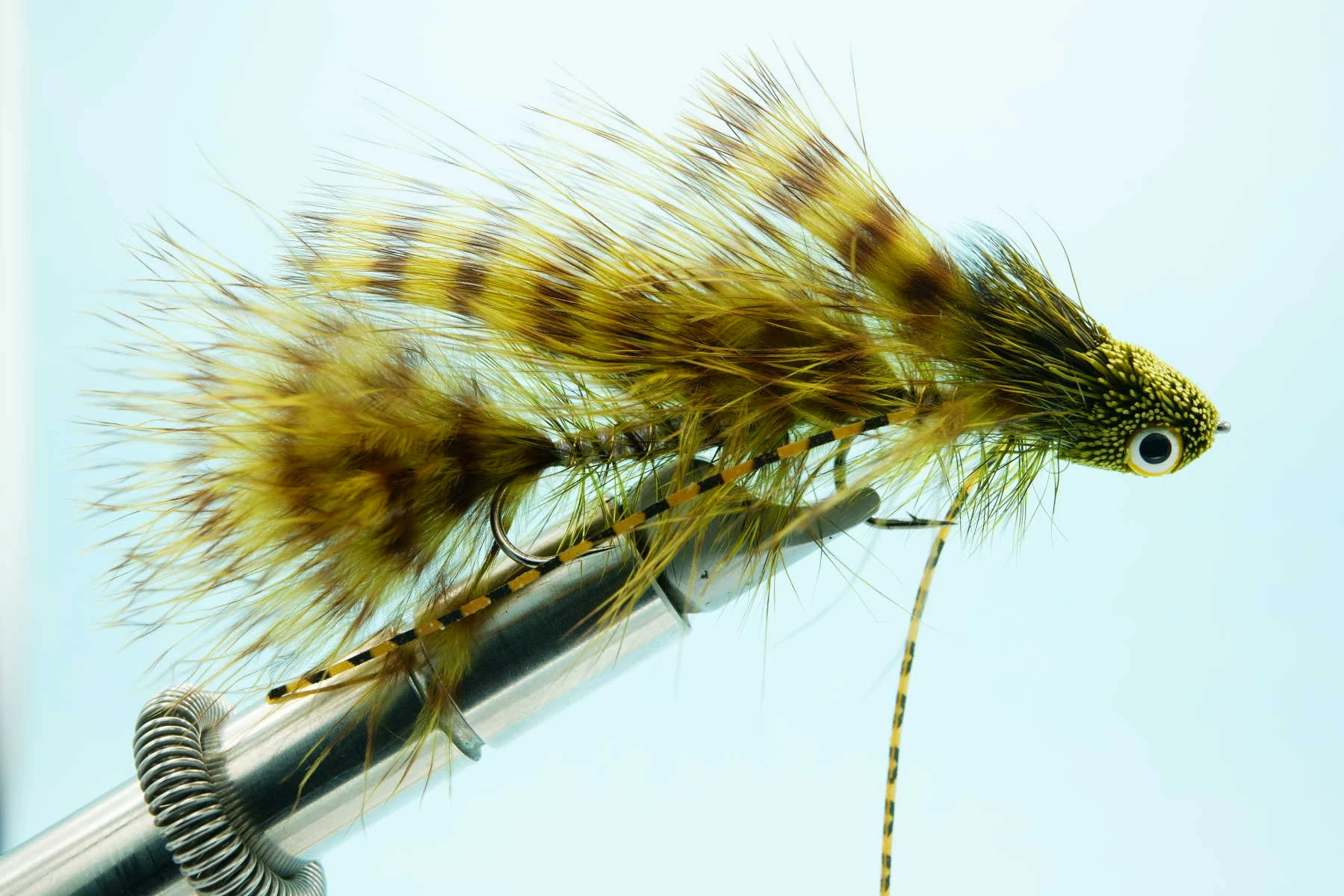
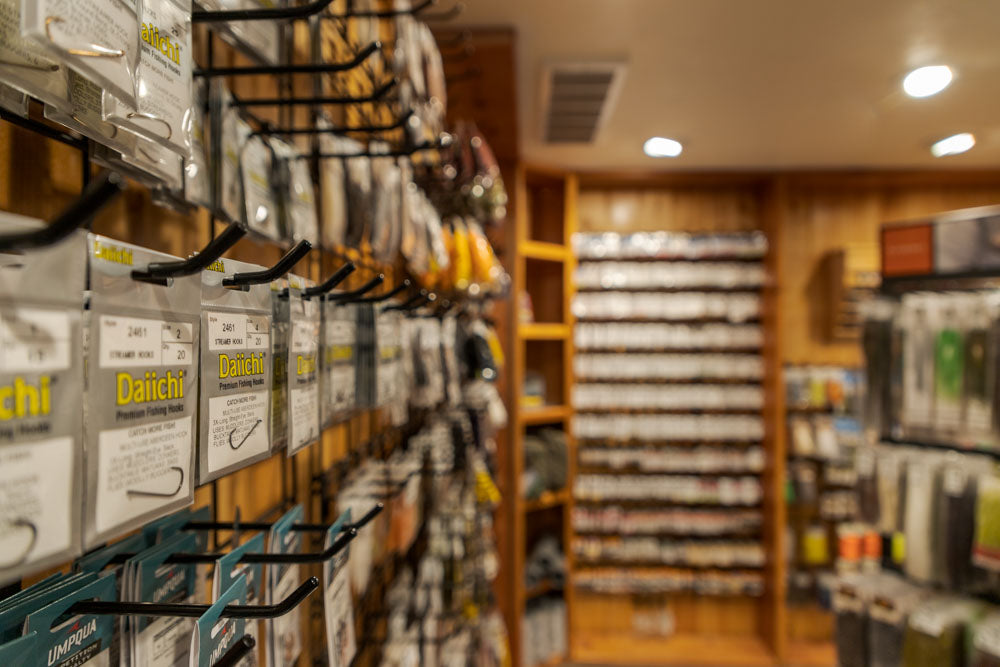

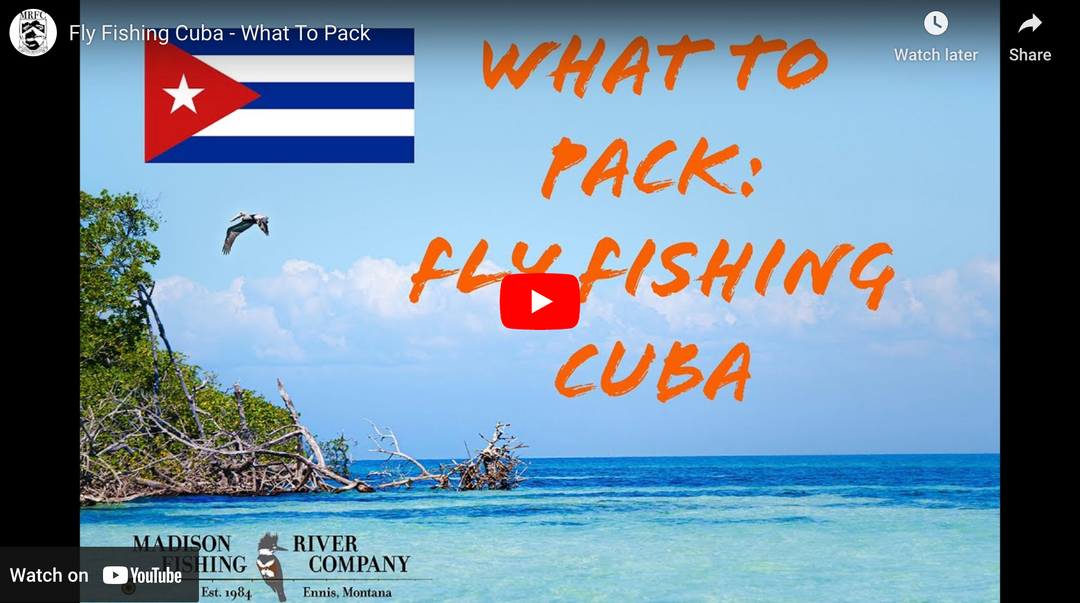
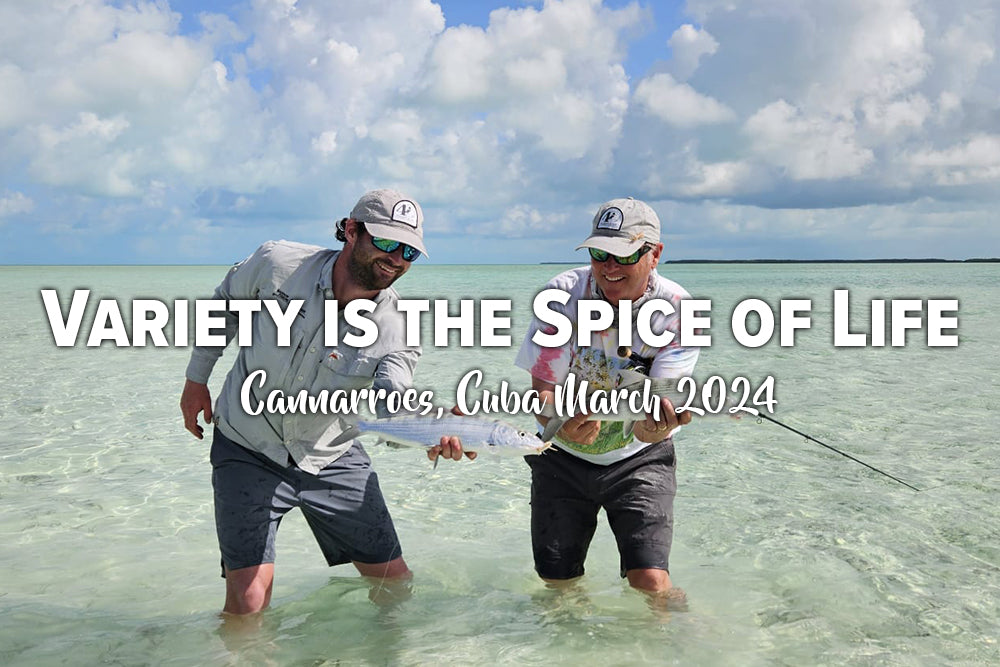
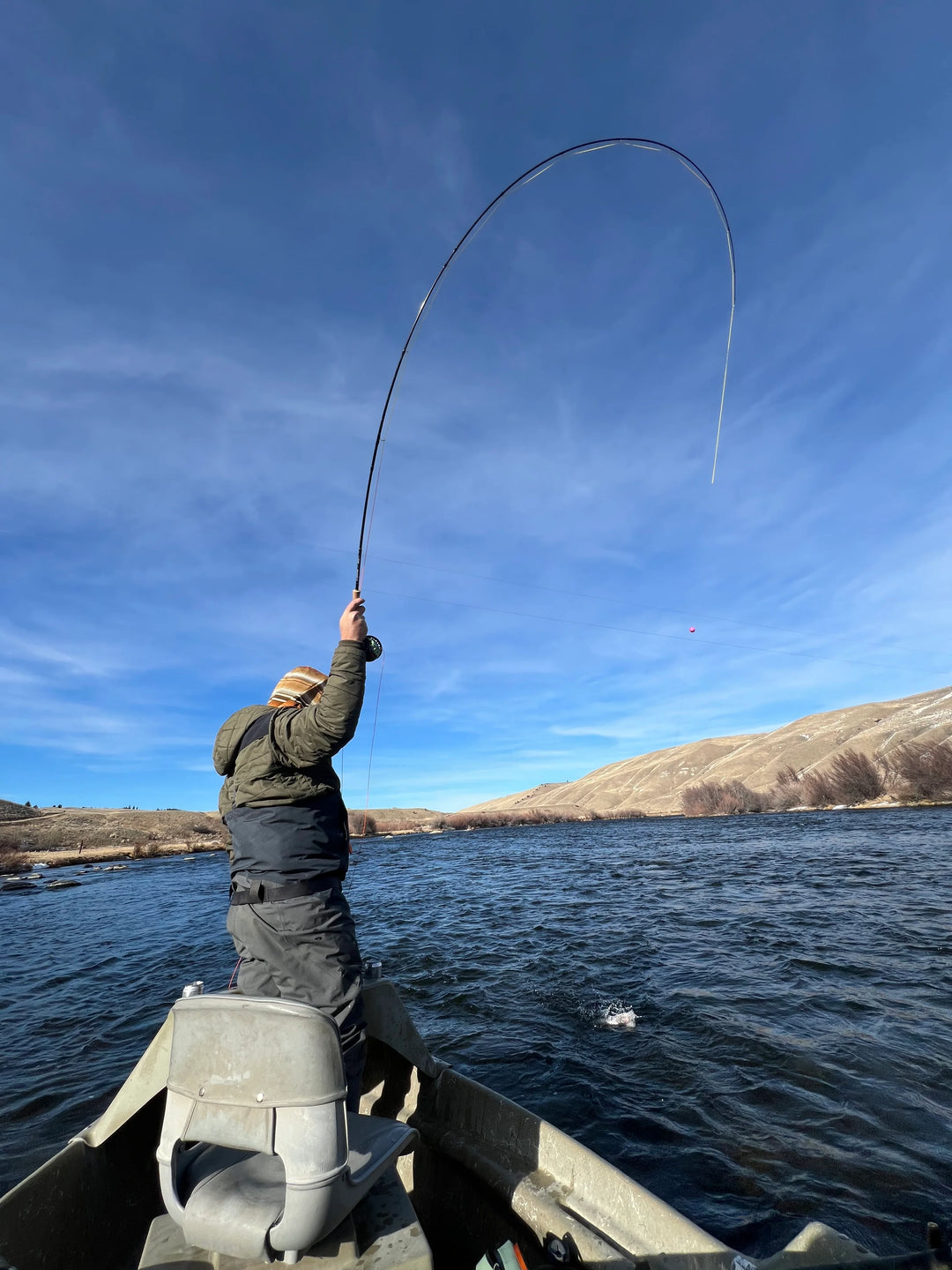
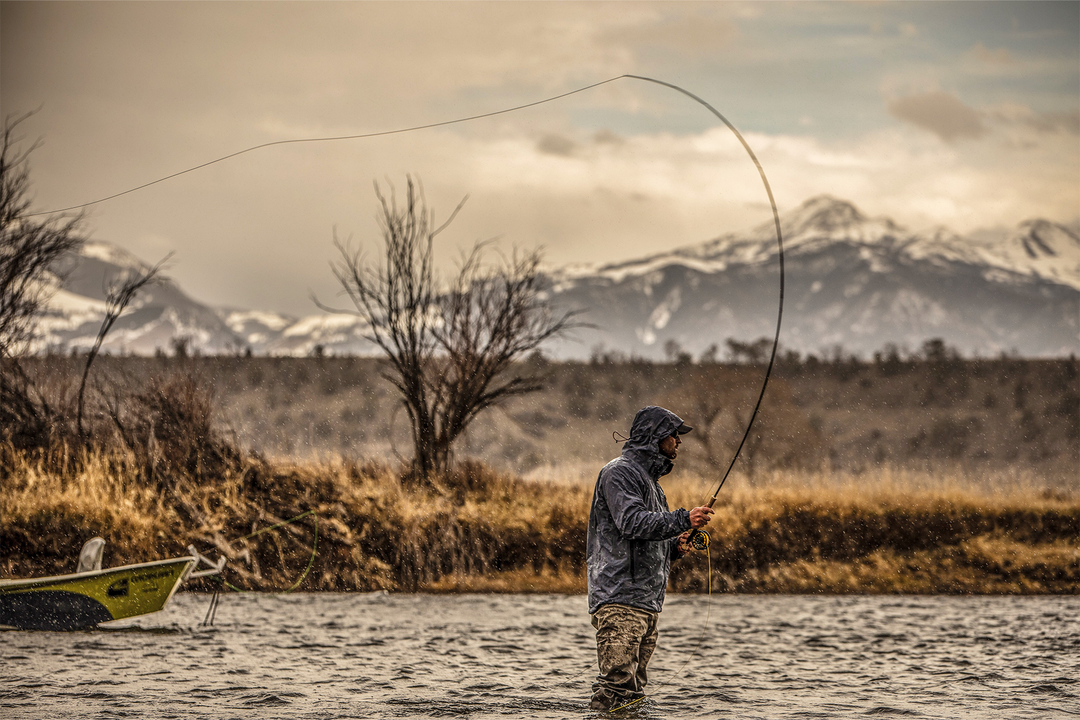
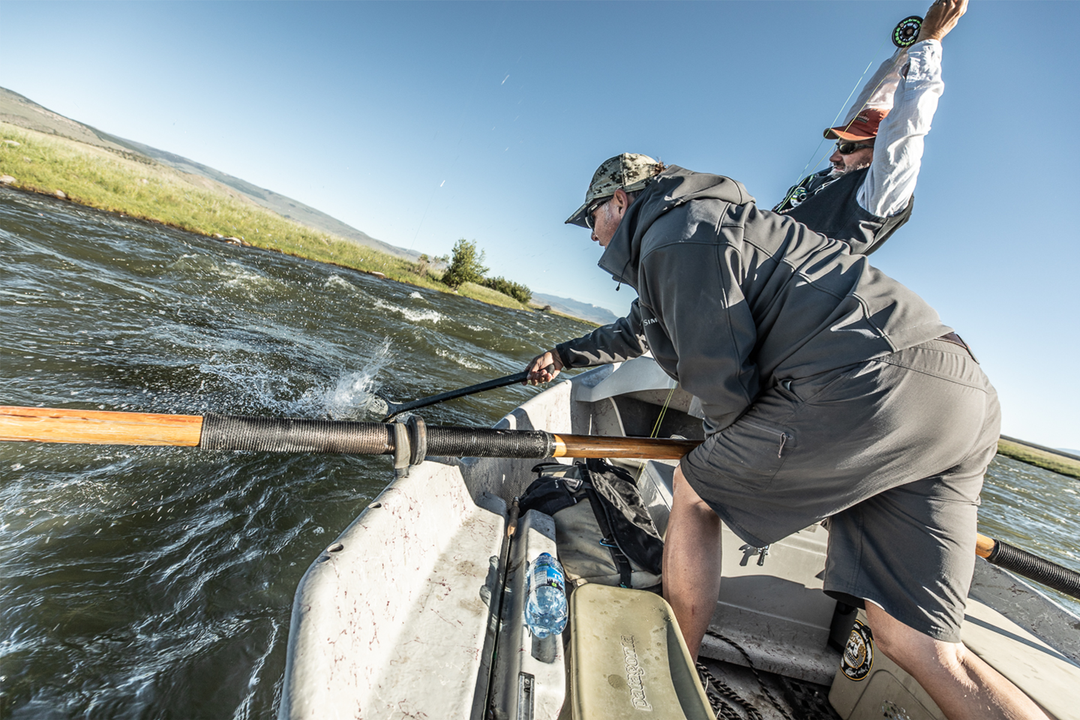
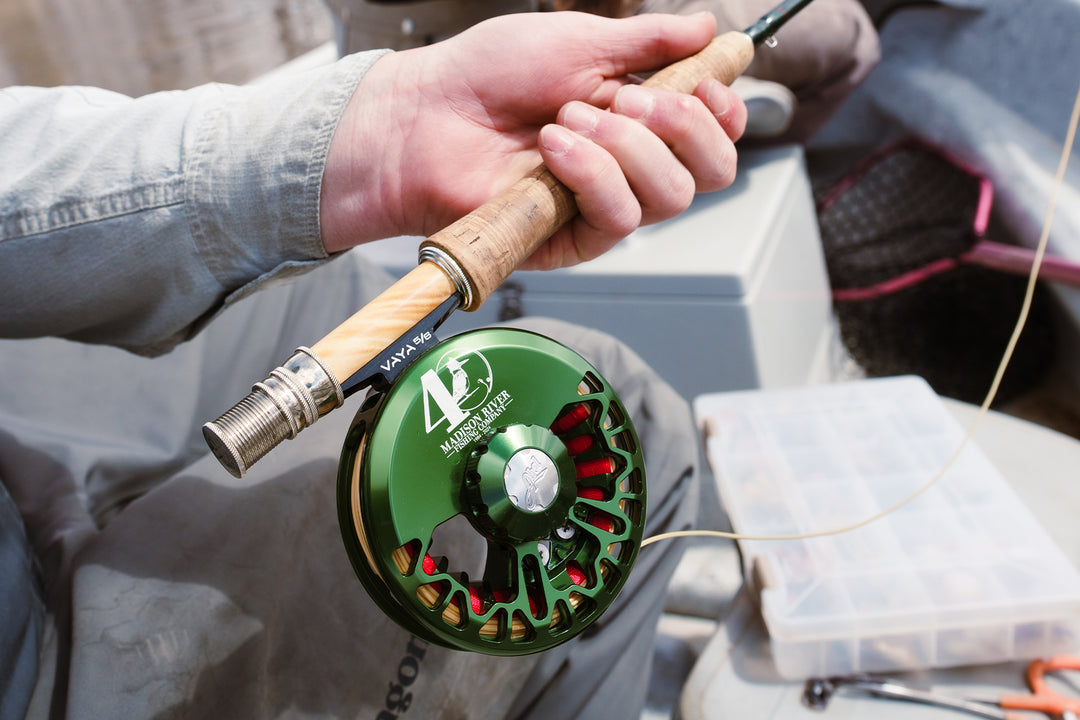
Leave a comment